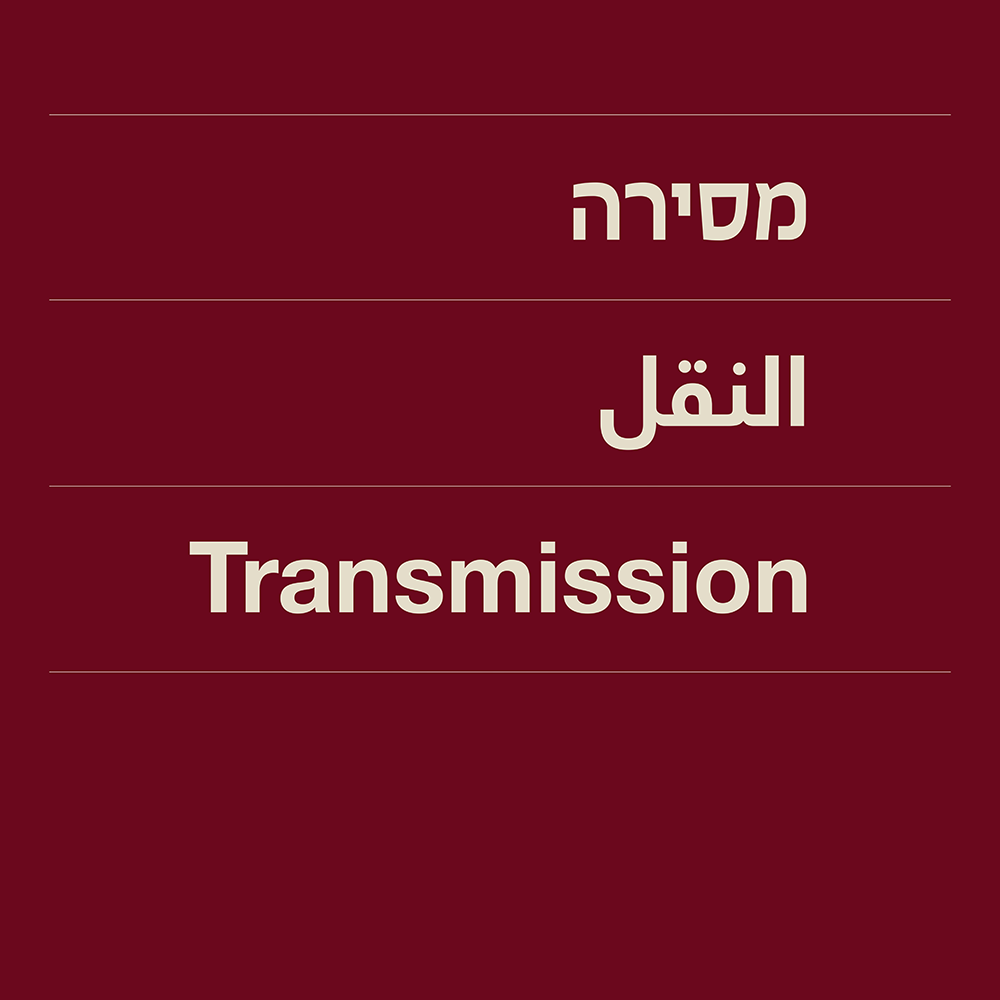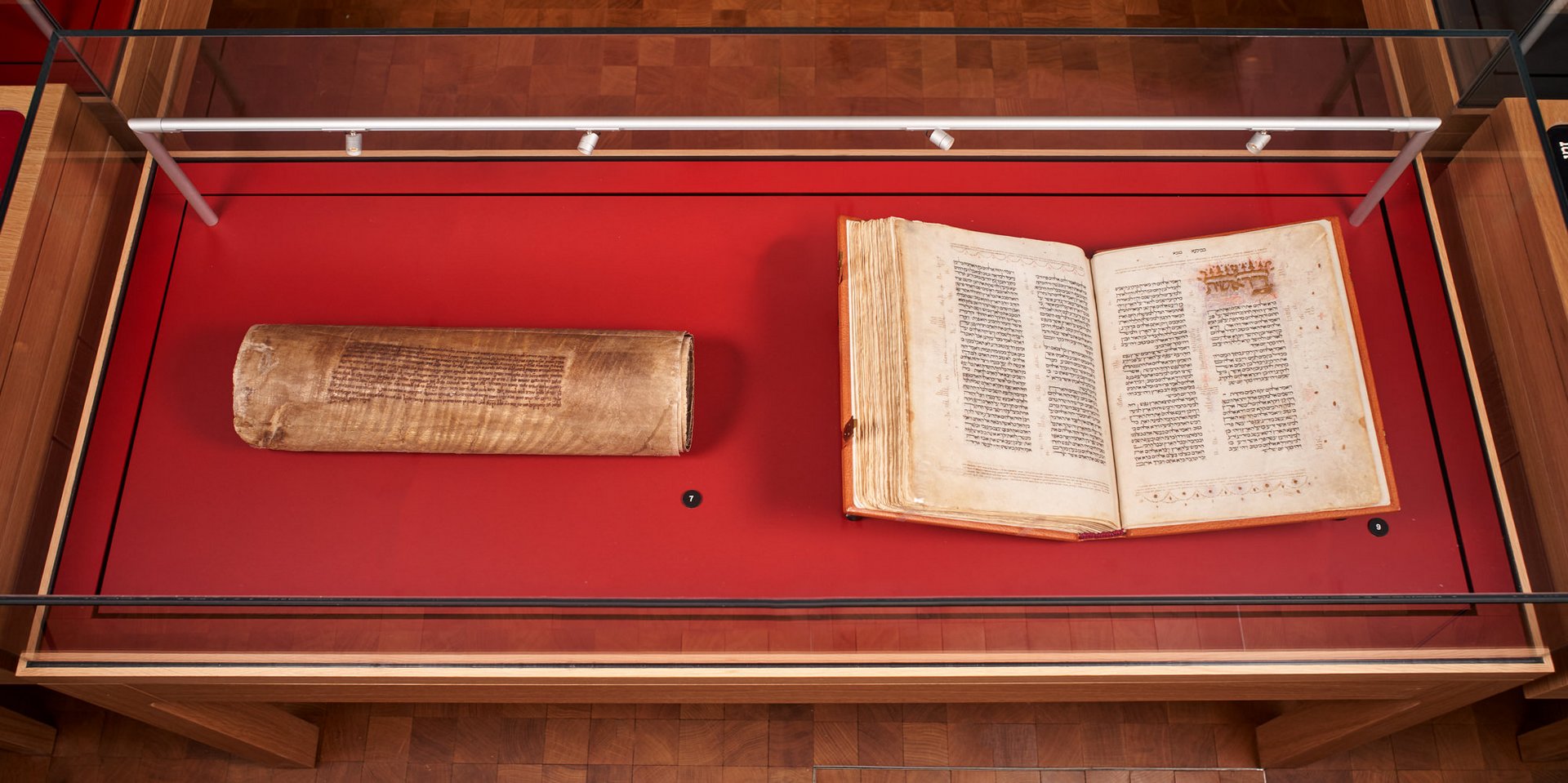
Jews have always endeavored to transmit the text of the Hebrew Bible precisely; orally and in writing. Later texts were treated with the same care, stricter or looser depending on the genre. The earliest surviving tenth-century biblical manuscripts from the Middle East show the consonantal text with Masoretic annotations such as vowel points and comments.
A special scroll in the National Library of Israel collection (no. 7), dated to 1336, is attributed to a prominent Spanish Talmudist, Nissim ben Reuben of Girona. The attribution to the 'Ran' is based on a later note attached to the scroll alone, which is upheld and cherished by some, but contested by many. One of the Library's finest, illustrated Bibles (no. 8) was also copied in Spain in the early fourteenth century. The Masorah in the margins is creatively rendered in micrographic script.
A Spanish Bible from the Braginsky Collection (no. 9) was copied around a century later. The opening letter bet of the initial 'be-reshit' (In the beginning) is colorful and detailed.
It is larger than the other letters, as stipulated in the rules for Torah scribes.
Yemeni Jews call separate volumes of the Torah a Keter, or Taj in Arabic. This example from the Braginsky Collection (no. 10), copied on paper around 1400, features stylized birds, flowers, shrubs and trees, with geometric patterns.
Once part of the Sassoon collection, it was acquired at the 2015 sale of the Valmadonna Trust Library of London.
In 2017, the bulk of this renowned private library was acquired for the National Library of Israel.
